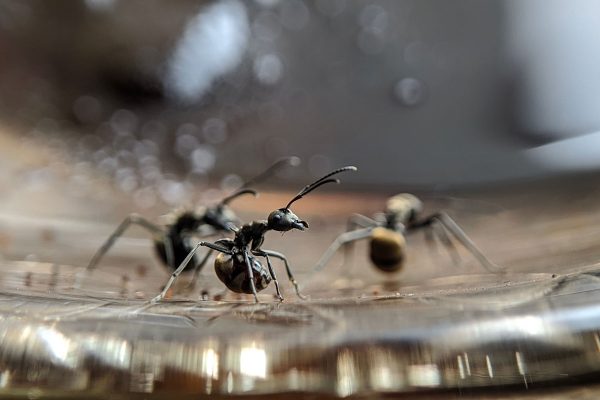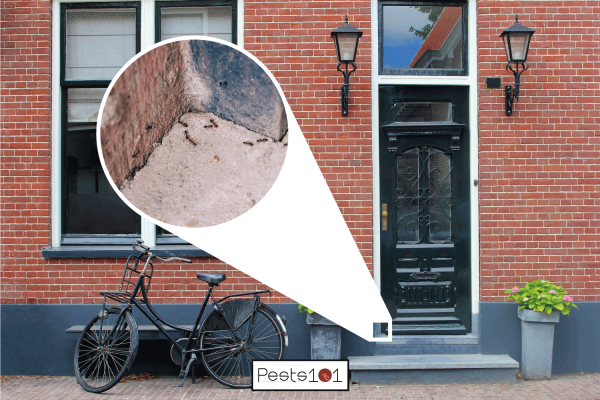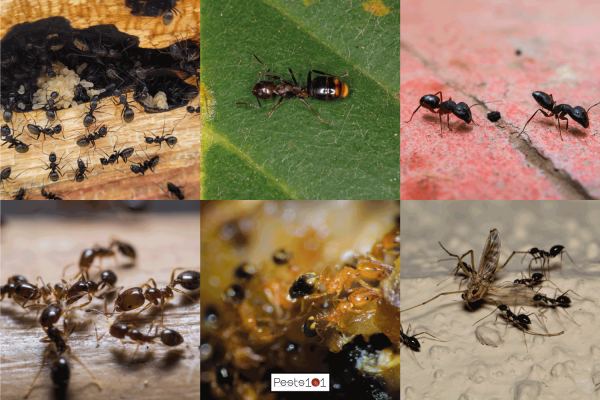Black ants—these little critters are plentiful outdoors in the yard, but sometimes they can also be inside your home. We've looked deep into this topic and in this post, we will talk about how to distinguish different kinds of black ants and how big they typically are when you see them.
Generally speaking, there are quite a number of black ant species that you might encounter, but the most common ones are carpenter ants, little black ants, and pavement ants. Different black ants species differ in size ranging from about 3/16-inch to about 5/8-inch long.
We know that black ants have different sizes can be surprising. In this post, we will talk about different types of black ants and their sizes. Keep scrolling because we will also share with you tips on how to find them in your home and ways how you can prevent them from infesting your house.
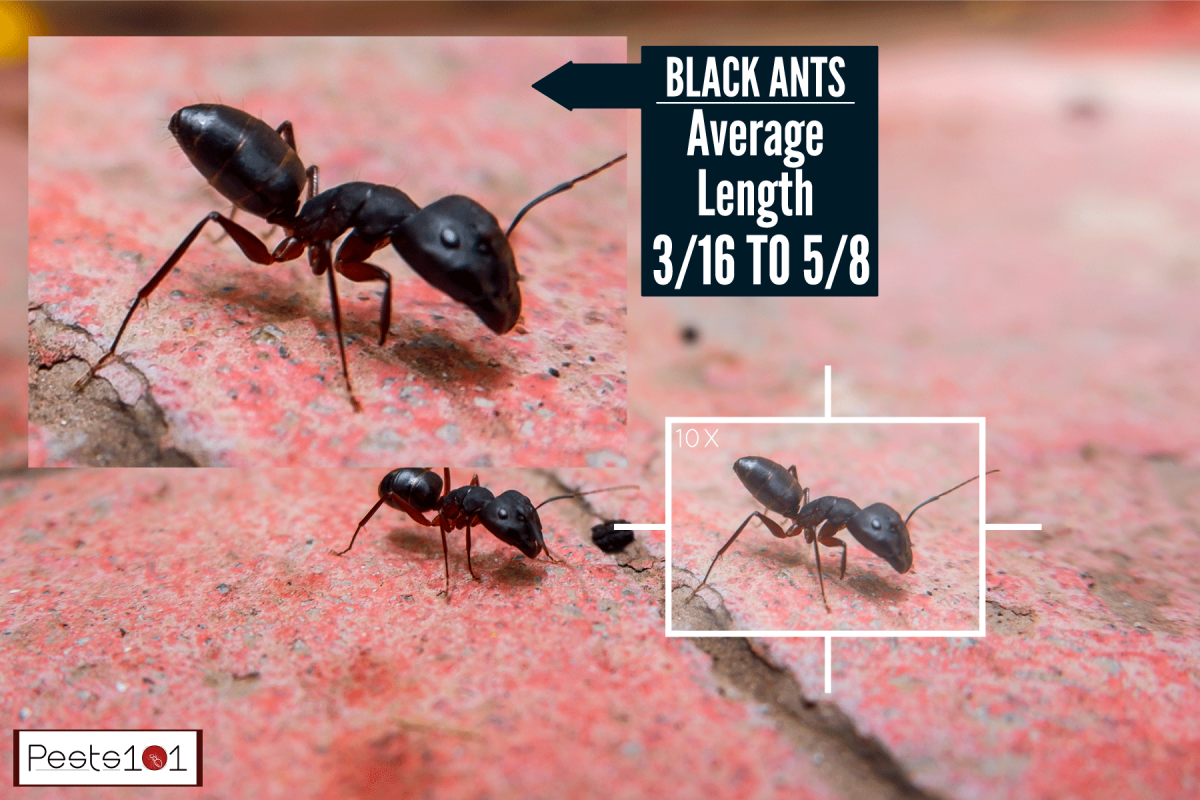
How Big Are Black Ants?
These insects are very common, and they are literally everywhere. Ants are one of the most populous insects in the world, with about 12,000 species all over the planet. They vary in different colors like brown, red, or black, and they are quite known to be one of the world's most unwelcome house guests.
Black ants are commonly seen indoors, in places where there is food for them to feed on. Depending on the kind of ants that have decided to visit your home, you might see different sizes of them, walking around in lines.
Kinds of Black Ants
There are many kinds of black ants spread out all over the world, with their population estimated between 10 to 100 quadrillion. In North America alone, there are about 1,000 species living in this continent, but there are a few that regularly visit homes and annoy the homeowners. Here are some of them.
1. Carpenter Ants
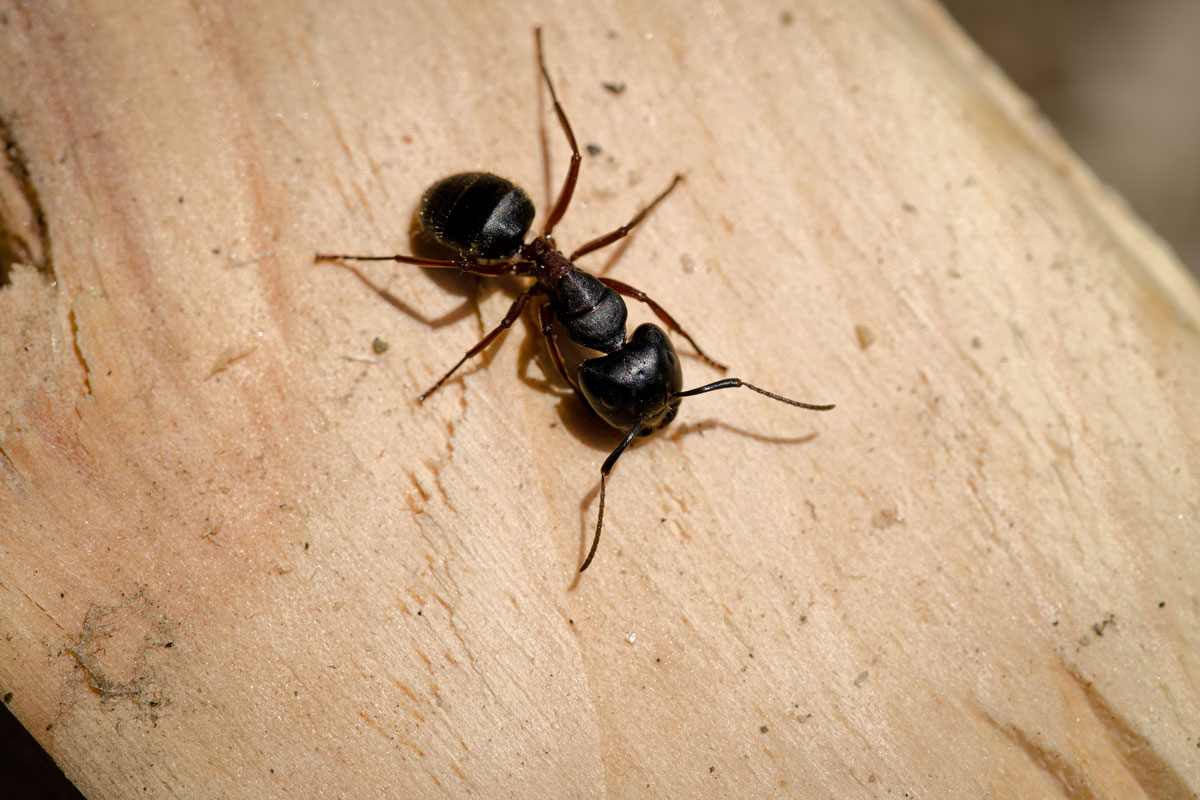
Carpenter ants are pretty big, measuring at about 5/8 inches for a full-grown worker ant. They are typically black in color, but you can also find carpenter ants in varying shades of red, brown, or a combination of these colors.
Because of their size, they are also quite as destructive, second to their relative the termite. They chew and tunnel their way through moist wood, and telltale signs of infestation around the house include sawdust-like particles and pieces of insulation strewn about.
2. Little Black Ants
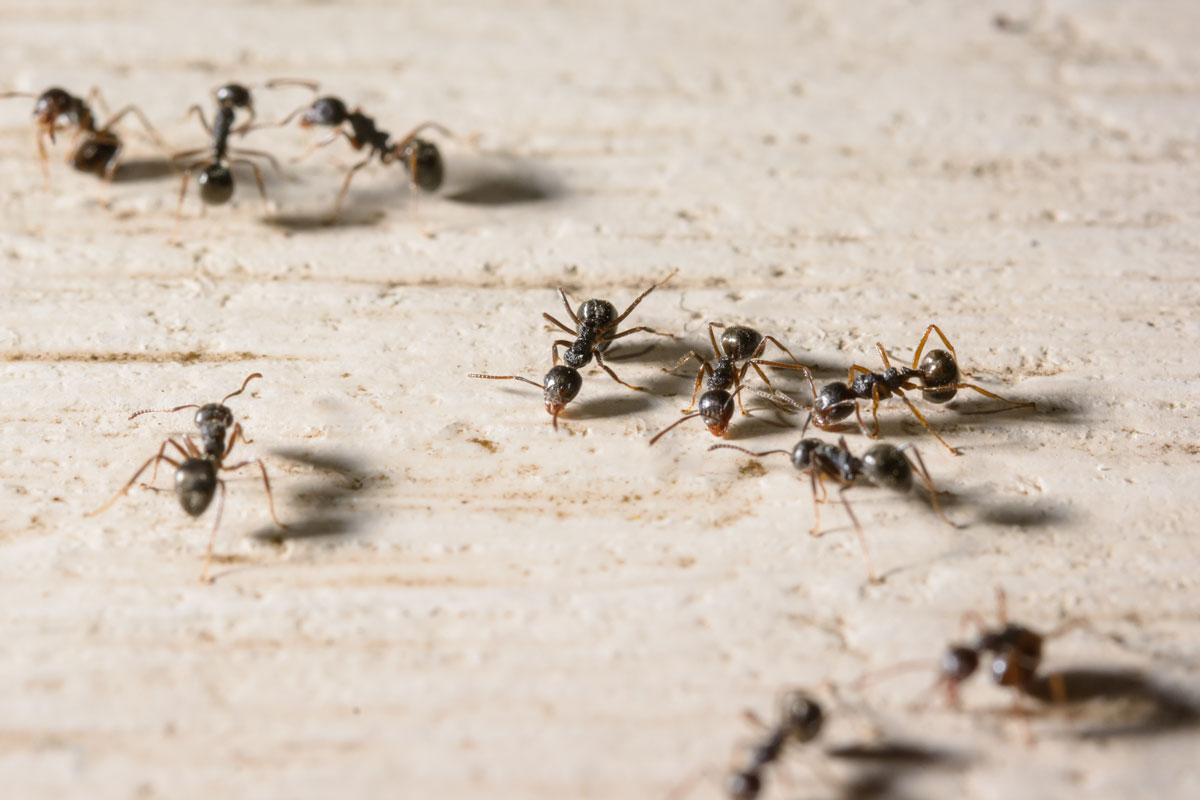
They are quite possibly the most common house invader on the planet—little black ants. Just like what their name suggests, little black ants measure around 1.5 millimeters, and they are colored black with segmented bodies.
These little black ants are omnivorous, and they will eat nearly anything that they can gather. These typically include candies, junk food that has gone stale, fruits, vegetables, grease, plant secretions and nectar, and other insects that have died.
3. Odorous Ants
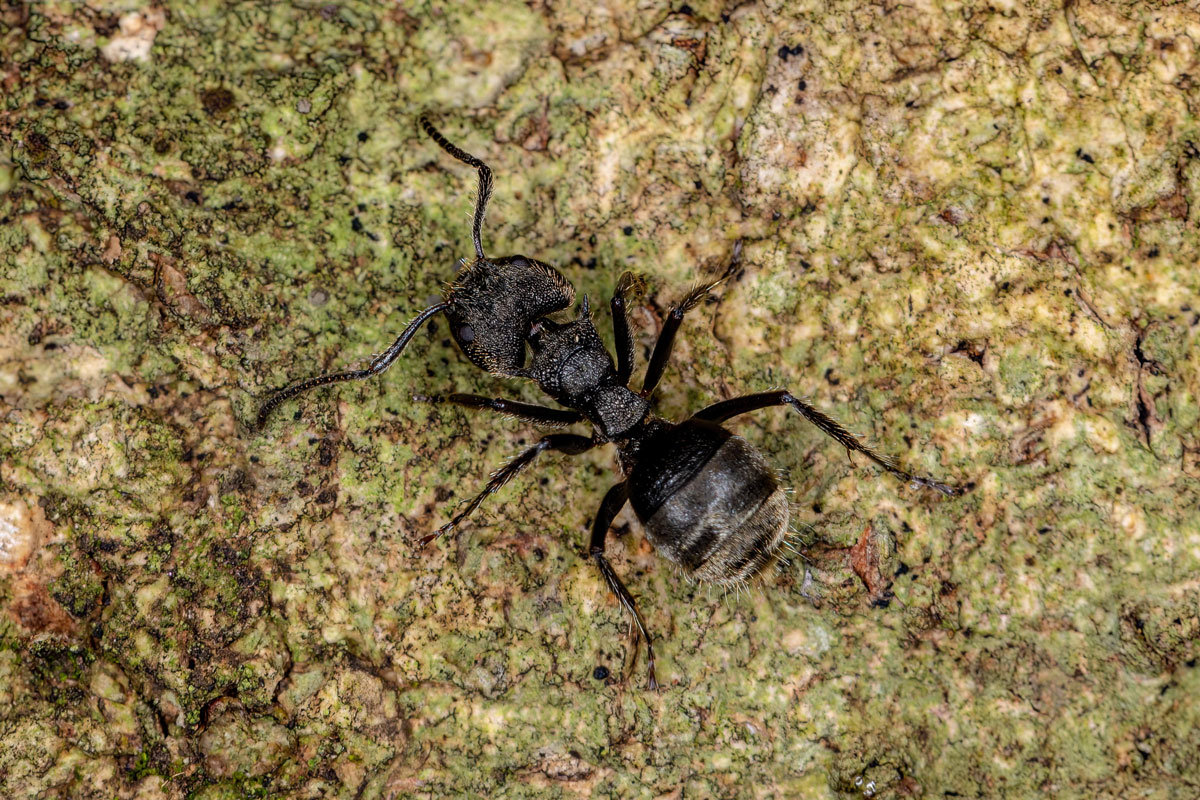
They are black and shiny, and if you've ever had the misfortune of crushing them, then you've probably smelled them. Odorous ants are black ants that are roughly about 1/16- to 1/8-inch long, they are known to stay close to areas where the food source is readily available.
These odorous ants are not harmful and they do not sting, but their colonies can get pretty annoying if they get into your food source. They usually nest in the soil or inside wall cracks or under the house's floors. They are nomadic, so you might find that they move their nests around periodically.
4. Pavement Ants
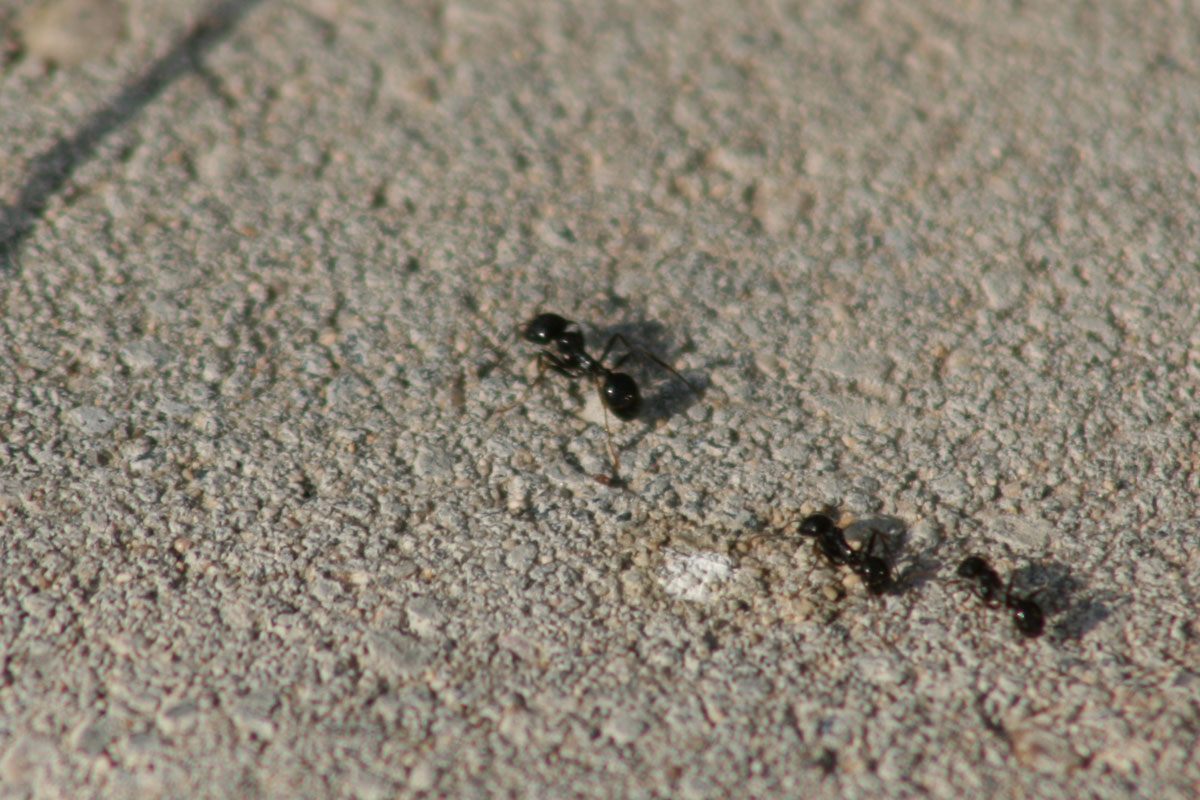
Another common invader, pavement ants are typically dark brown to black in color and they are about 1/8-inch long. They like sweet foods, so if you've left a candy bar on the kitchen counter, you're sure to find these pavement ants marching about.
These ants are named as such because they nest underneath the cracks of the pavement and other kinds of masonry in the house like patios and walkways. They can infest these structures and weaken the concrete, so it's best to remove them as soon as possible.
5. Acrobat Ants
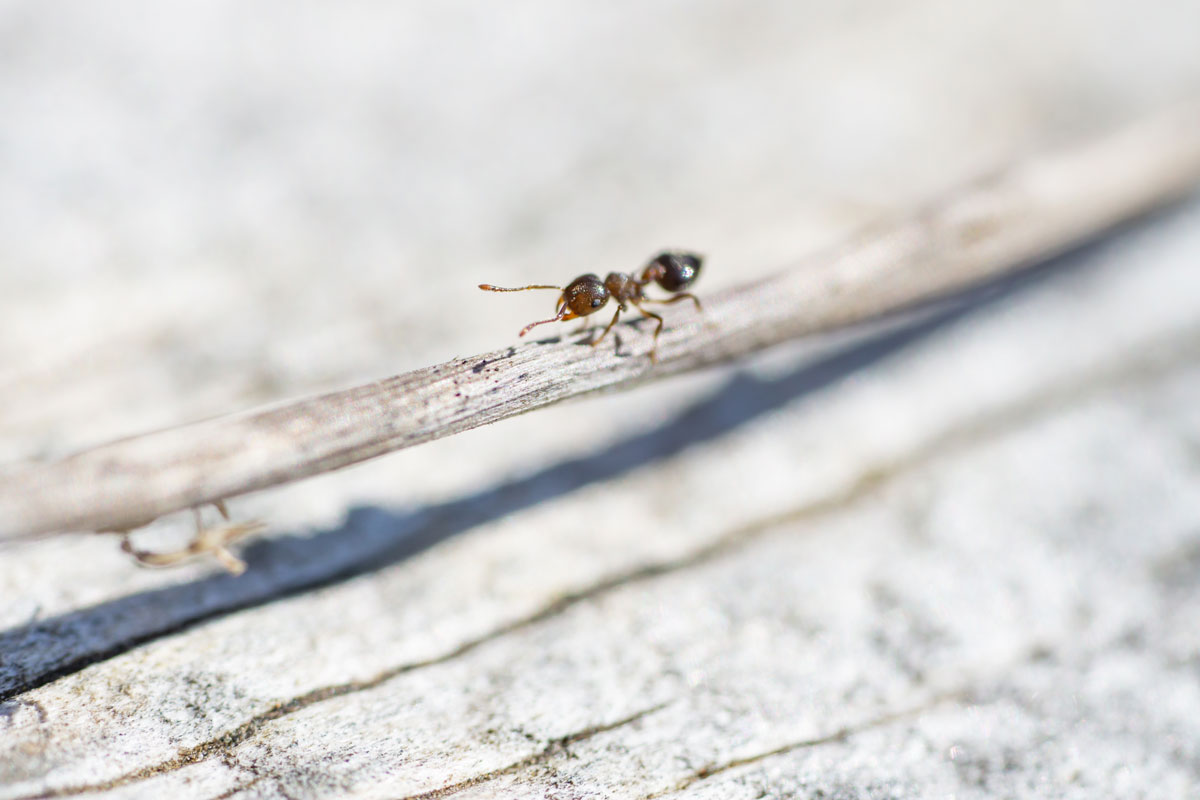
These ants get their name from their quirky ability to raise their abdomens above their heads to look like a scorpion. When they move around with their abdomens held high, they look like they are tumbling, hence the name acrobat ants.
These ants are around 2.5 to 3 millimeters long, and their colors range from yellow-black to all-black. They like nesting in moist wood and inside damaged wood structures, and if you're unlucky, you might find them in your panel insulation.
They are quite aggressive, so steer clear because they will sting if disturbed!
What Are The Signs Of Black Ants In The House?

Sometimes, it's hard to know if your house has been infested by ants, or if some of them just happened to discover your leftover breakfast. However, it is always better to err on the side of caution and make sure that black ants won't find ways to be unwelcome house guests.
Here are some of the signs of black ants infesting your house.
Food Overrun by Ants
It's a pretty obvious sign, but if you always find ants close to the food you've left out, then it's time to check for an infestation. Ant colonies are quick to sniff out food, so always remember to clean up and keep everything tidy.
This includes your pet's food bowl—they are just as prone to ants getting to their food.
Piles of Soil Outdoors
If you suddenly see a pile of soil resembling a small hill out in your yard, then it would be safe to say that an ant colony has made its home. Ants like to nest in soil, and this is where they carry all the food they take from your house. Call a professional if you find an ant nest to help you sort them out.
Look for Sawdust Trails
Some black ants can be destructive (like carpenter ants) and they like to feed on wood around your house. If you find trails of sawdust or you can hear hollow sounds on your wood, it would be best to get a professional to get these destructive ants out of your home immediately.
How Can I Repel Black Ants?

There are about a hundred tried and tested ways how you can repel ants from staying in your home. However, the best methods are always the natural way instead of using chemicals.
To keep ants away from the nooks and crannies of your house, the number one thing that you should do is to keep everything clean. Food crumbs are very attractive to ants, so make sure that you don't leave out food for them to feed on.
Here are some other ways how you can repel black ants in your home.
Vinegar and Citrus Peels
Ants are not fond of these acidic substances, and they will always find ways to get away from them. The acid from vinegar and citruses breaks down the scent trails of these ants, so the best way to repel them naturally is by cleaning your area using these materials.
To use vinegar, make a 50/50 solution and use it to clean around the house. Lemon juice can be turned into a solution by mixing 1 part juice with 3 parts water and using them to clean as well. Leave out your citrus peels to further deter ants from coming in.
Get distilled white vinegar on Amazon.
Diatomaceous Earth
Another non-toxic way to deter ants from coming back is to use food-grade diatomaceous earth. This powder can be sprinkled on places where you see ants, or on top of the soil where you typically see them. Keep repeating this process until you find ants have left your home.
Check out this food-grade diatomaceous earth on Amazon.
Coffee Grounds
Aside from giving you a great start to the morning, your used coffee grounds can be used to deter ants. The scent of coffee grounds is generally repulsive to ants, so you can sprinkle used coffee grounds on your soil to prevent ants from nesting in them. They make for great plant fertilizer too.
In Conclusion
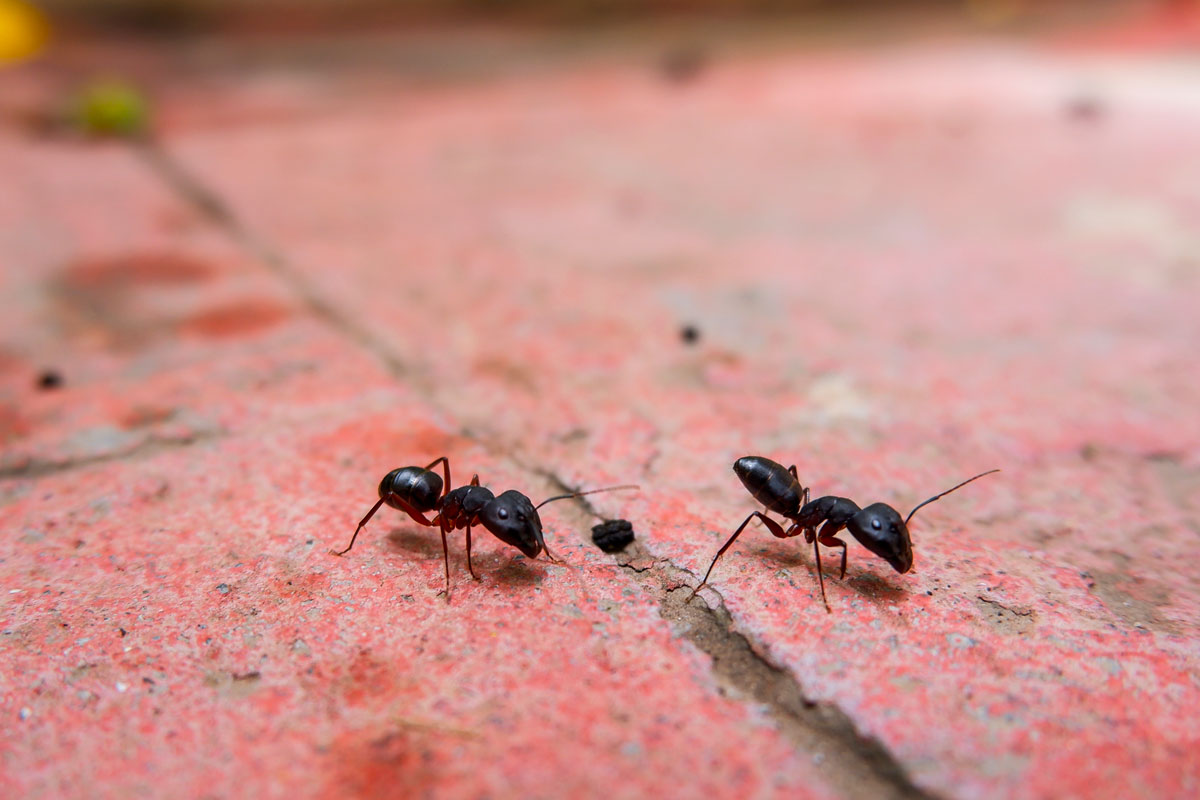
Black ants come in many different species and sizes. While they are helpful to our environment, they aren't exactly the best guests in our home. Keep everything neat and clean, and avoid leaving out food for them to feed on, so you don't have to worry about how big the black ants are in your kitchen.
Looking for more tips on mitigating ant infestations? Check out our related posts:



